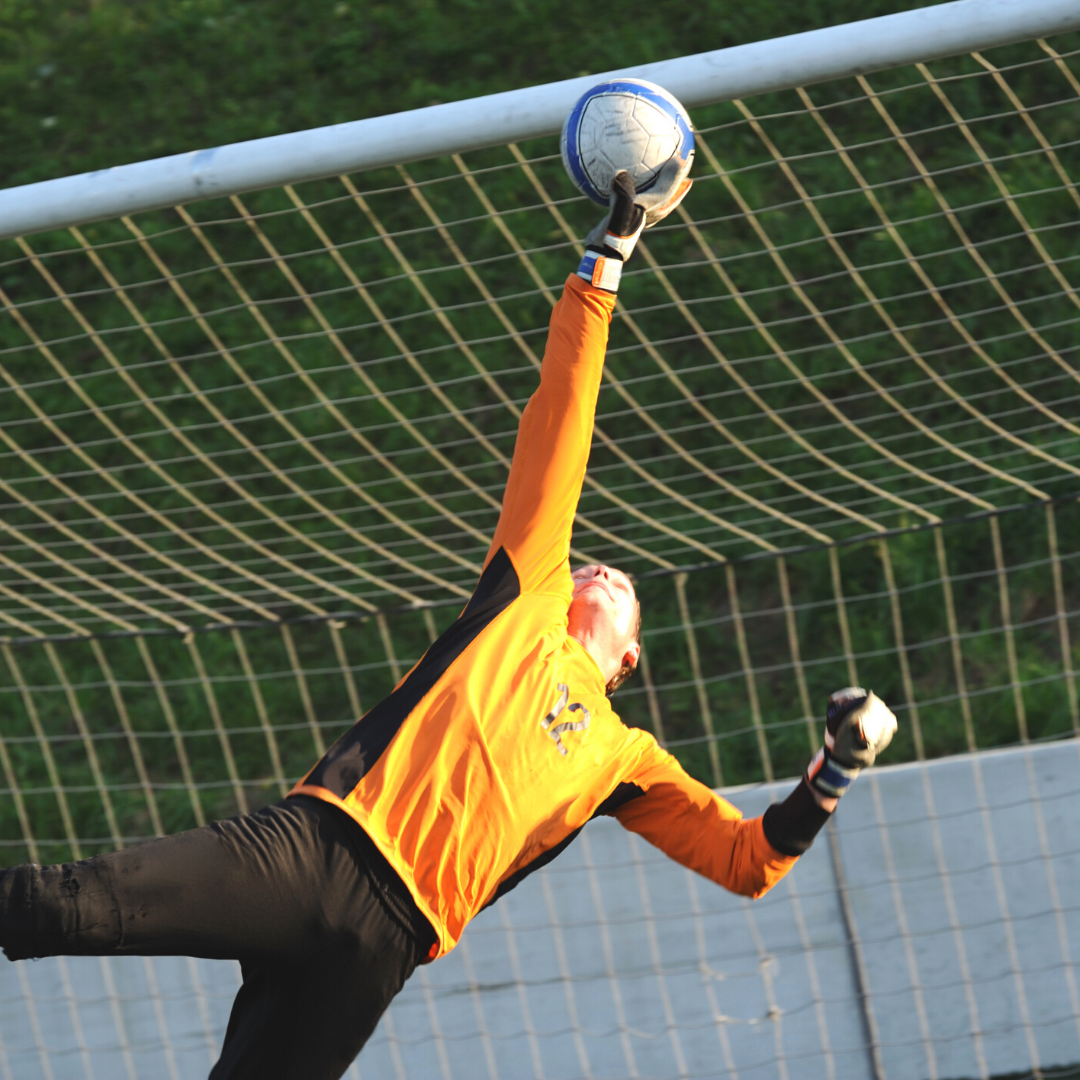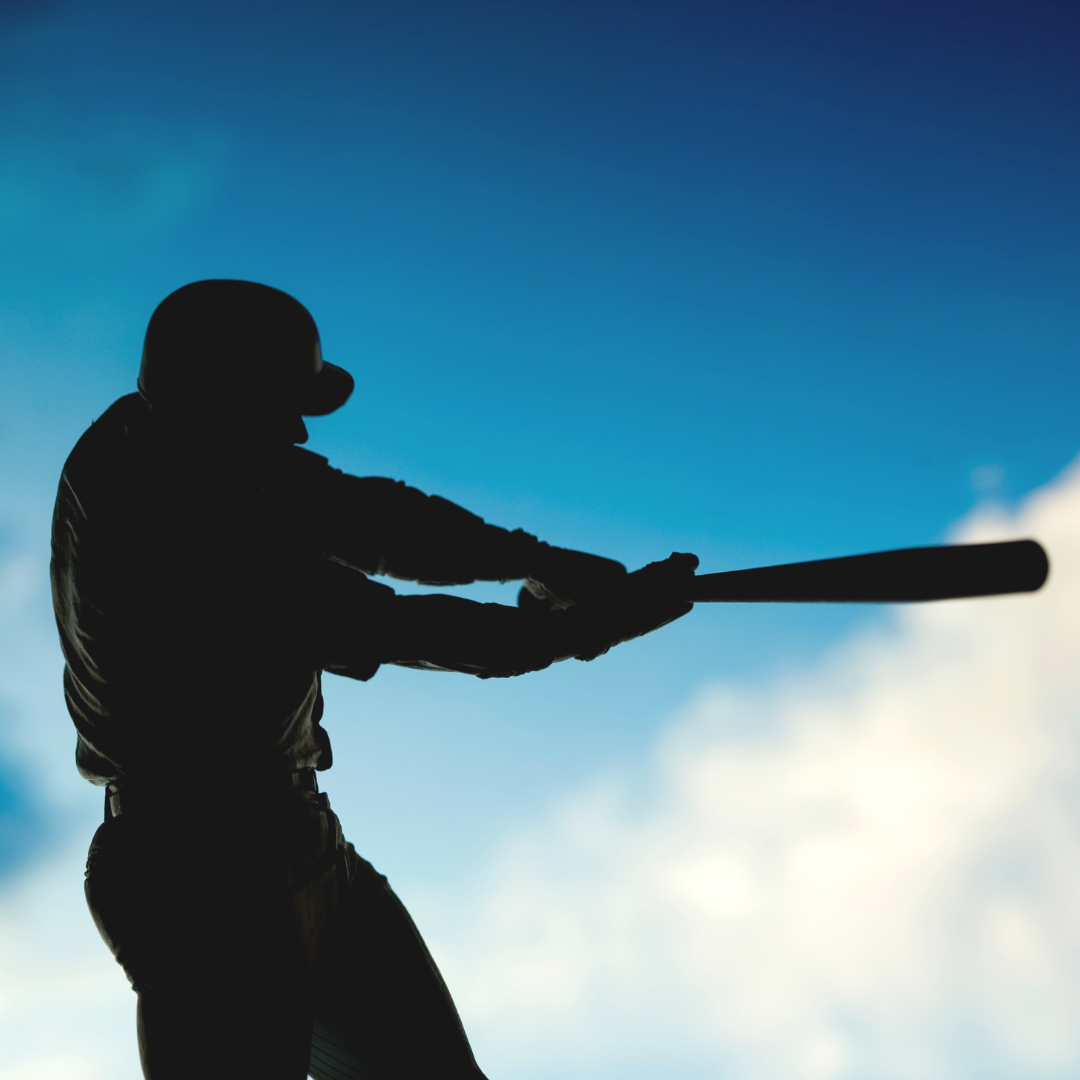Los Angeles Angels star Shohei Ohtani received platelet-rich plasma (PRP) and stem cell injections for a Grade 2 ulnar collateral ligament (UCL) injury in his elbow this week. At the very least, this is a short-term problem for Ohtani, but it may also be a harbinger of a much bigger issue. What concerns me is Ohtani’s history of UCL issues: In late 2017, he had a Grade 1 UCL sprain treated with a PRP injection.
The UCL is the main ligament on the medial (inner) aspect of the elbow, and it provides the main resistance to the stresses the elbow is exposed to during throwing. Injuries to the UCL are happening with alarming frequency, likely due in part to how hard pitchers are throwing these days. There is such a focus on the radar gun, starting at even the lowest levels of baseball, that pitchers are trying to throw the ball faster and faster. Throwing places a ton of stress on both the shoulder and the elbow. These stresses are magnified when one throws harder (and Ohtani throws harder than most!). With most professional baseball players throwing 90-plus miles per hour, it’s not surprising to learn that 25% of major league baseball pitchers have undergone Tommy John surgery.
Based on reports, Ohtani’s injury is a Grade 2 sprain, which implies that there is partial tearing of the ligament. To give some context, if MRIs were done on all professional pitchers, most would have some element of injury to the ligament. The problem for Ohtani is that the changes to his ligament seen on an MRI are causing clinical symptoms.
At this point, the Angels and Ohtani are hoping to avoid surgery by treating the injury conservatively with rest and biologics injections. There are only a few research studies looking at the results of conservative treatment, including PRP, to treat partial UCL tears, with the success ranging from about 40% to 65%.
Ohtani’s case is unique because he can also play the outfield. Swinging a bat typically doesn’t put enough stress on the ligament to cause it to tear, but if one is recovering from an injured UCL, swinging a bat is not going to help it heal. For that reason, he should also be shut down from playing the field while he recovers.
Unfortunately, given how this injury has progressed over the last year, combined with his young age and how hard he throws, I would say the chances are good that he eventually needs Tommy John surgery. To be fair, that might not be this year, but I wouldn’t be surprised if it is.
At this point, he is out for at least three weeks, at which point he will be re-evaluated; the long-term prognosis is less clear.



